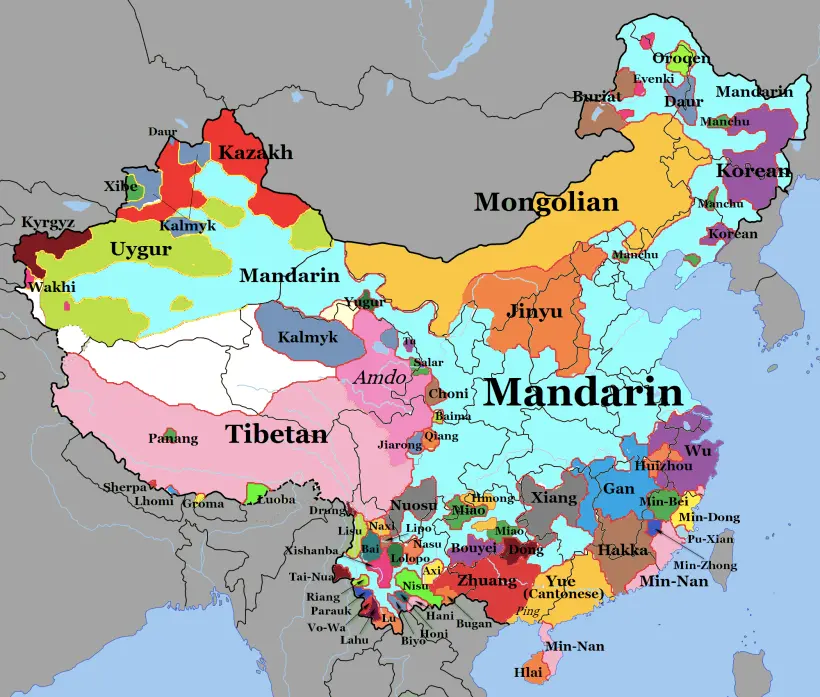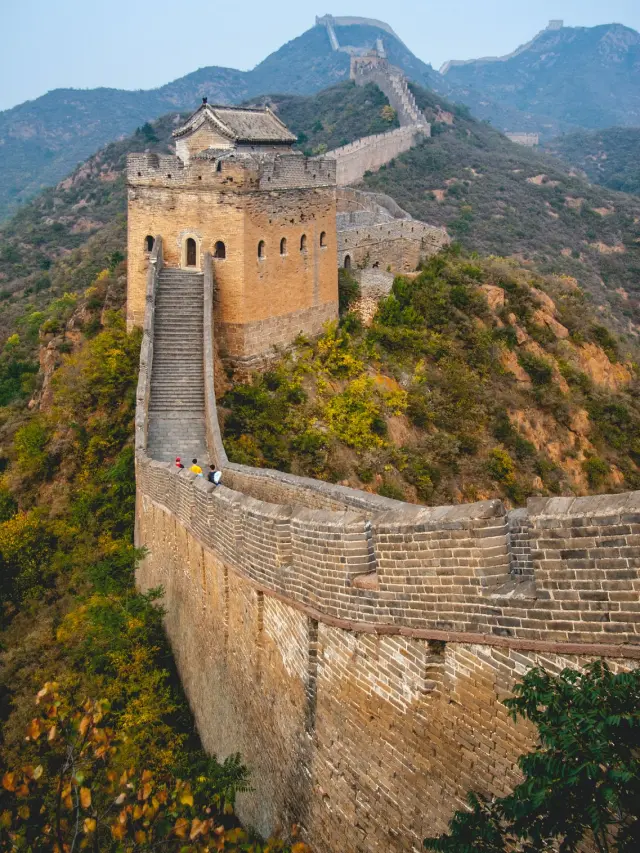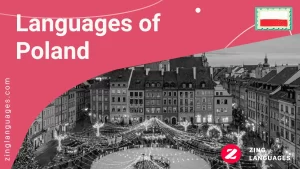China is a very populous country, so are the languages of China. According to the latest data, there are 302 languages spoken in China and 276 of them are indigenous languages.
Chinese is one of the top 10 influential languages in the world. The UN has set aside April 20th of each year as Chinese language day.
China is more in population than the whole of Europe put together. This is the reason why there are many languages among the Chinese because of so many groups that have come together to form a country.
The records show that China accounts for about 18.41% of the world population and the population of the country is estimated to be around 1.4 billion people. Aside from population figures, the Chinese are distinguished by the number of languages that they speak.
We shall be taking a journey into the major languages of China that you will encounter in today’s Mainland China.

Traditional Vs Simplified Chinese
Before we go into the languages of China, let us take a look at the way the script of the language is written. There are only two main scripts used in writing the Chinese language. They are:
Traditional Chinese
This represents the pre-reform system of Chinese writing. The reforms initiated in the 1950s did not affect Taiwan and this account for the fact that traditional Chinese is still the main script in Taiwan, Hongkong, and, Macau.
Though Malaysia uses simplified Chinese for education, traditional Chinese is still popular and understood by Chinese-speaking Malaysians.
Simplified Chinese
It was massively promoted by the communist leaders in the 1950s in a bid to educate the massive population. The focus was on mainland China and the objective is to improve literacy among the people.
Simplified China is used in Mainland China, Malaysia, and overseas. Since the last decade, the Chinese government has been putting a lot of effort to promote the Chinese language as a global language.
| Country | Written Language | Spoken Language |
|---|---|---|
| 🇨🇳 Mainland China | Simplified | Mandarin (majority) |
| 🇭🇰 Hongkong | Traditional | Cantonese |
| 🇹🇼 Taiwan | Traditional | Mandarin |
| 🇸🇬 Singapore | Simplified | Mandarin |
| 🇲🇾 Malaysia | Traditional | Mandarin & Cantonese |
Tonal Languages of China
What is a tonal language? When the pitch at which one utters a syllable determines the very meaning of the word, it is classified as a tonal language. The tonal language is common among East and Southeast Asian and many African languages.
For instance, in Mandarin Chinese, the word “ma” means different things depending on its tone.
- má – “hemp”
- mà – “scold”
- mă – “horse”
- mā – “mother”
(Note: There’s a “ma” without any tone too, used as a question marker)
Mandarin has four tones; On the other hand, Cantonese Chinese has six, for instance, the word “fan” means six different things depending on its tone.
The tones make the languages of China, one of the difficult languages to master especially for the people from west in the field of translation and interpretation (Here’s a sample translation of drugs between English and Chinese).
- tone 1 – share
- tone 2 – powder
- tone 3 – advise
- tone 4 – divide
- tone 5 – excited
- tone 6 – grave
Languages of China as Dialects
There are several cases, where separate languages are treated as dialects and vice-versa. In most cases, the languages become dialects because they are all spoken in one nation or by the same cultural group.
The Chinese dialects such as “Mandarin” and “Cantonese” are actually as different as the Romance languages are from one other. Obviously, the so-called Chinese dialects are actually separate languages. But all of the languages are written with the same system.
Though the spoken word is quite different, the sense that all speakers being united as “Chinese” gives the appearance that there is a single “Chinese” language.
From Middle Chinese to Seven Languages of China
Chinese always considered themselves the middle of the world, hence the word “zhongguo” literally means “middle kingdom”, which in English is translated into “China”. Their language “zhongwen” literally means “middle language”, which in English means “Chinese” language.
The middle Chinese changed in different ways to emerge as seven different languages of China spoken in mainland China today. Let us now go into spoken Chinese languages that are still in existence in China.
Here’s the word for “daughter-in-law” in middle Chinese and seven other languages are spoken in Chinese today. The strange-looking c is pronounced approximately like ch. It also shows how consonants and vowels have changed over time.

Mandarin Language
They also call it Putonghua (common tongue). Mandarin is the official language of China and Taiwan. Mandarin became the official language of China in 1913. All the schools are expected to instruct their students in Mandarin; though not all the schools in China are complying with this. You are going to hear this language across the country.
Every Chinese national will speak a little of this language in worse scenarios. This Mandarin language is spoken fluently by about two-thirds of the Chinese population.
Many dialects are offshoots of Mandarin, you will find speakers of such around major cities such as Tianjin or Shenyang.
The standard Mandarin is based on the original dialect and it is the official language of the People’s Republic of China and Republic of China (Taiwan) as well as one of the four recognized by Taiwan. This is the variant that is recognized by the UN as one of its six official languages.
Gan Language
The Gan language is spoken by about 22 million of the Chinese population. Those that speak this language can be found in the provinces of Hunan, Fujian, Jiangxi, and Hubei. Some of the old words that have been deleted from Mandarin are still strongly held on to Gan.
Mandarin and Wu speakers will find it difficult to make sense out of this language but the Hakka speakers will make complete sense out of this Chinese Dialect.
Hakka Language
This is yet another indigenous language of China and it is close to Gan. To as many as do not know the deep details of the two, one can be confused for the other. Speakers of the Hakka dialect can be found in the following areas in China: Jiangxi, Guizhou, Guangdong, Hong Kong, Taiwan (Read also: Languages of Taiwan).
The speakers of this dialect are isolated; they have about 13 dialects that are different from each other. There are 43.5 million speakers of Hakka in China. Hakka has six tones and it is extensively borrowed from Cantonese.
Min Language
Min language has the highest number of variants (5) among the languages of China that are spoken today. This dialect is spoken by the population of Fujian province. The variants are
- Min Nan with 50.5 million speakers who are located in Southeastern China and Taiwan.
- Min Dong with 10.3 million speakers.
- Min Bei/Northern Min with 11 million speakers located in several areas in the world.
- Pu-Xian with about 2.6 million located in Xianyou and Putian of the Fujian province.
- Min Zhong/Central Min is spoken in municipalities of Yong’ an; Sanming and the county of Sha all in the province of Fujian. There were more than 3.5 million speakers.
Wu Language
This is the language of the coastal areas of China that is spoken around Shanghai and in the larger Yangtze river delta area. This language is also known as Wúyuèyǔ, Goetian, and Changzhou. There are an estimated 81.4 million speakers of the Wu language in China.
The spread of Wu language is from the 5th-century cultural center called Suzhou and it gained more prominence during the reign of the Ming Dynasty. It uses eight different tones to differentiate the meaning of words.
Xiang Language
Mao Zedong made this dialect popular because he is a speaker of it. Most of the speakers hail from Hunan province. Most of the territories that surround the speakers of this dialect speak the Mandarin language, hence the influence of Mandarin on this dialect.
Xiang language is divided into the new and the old. The new Xiang is spoken by people that live in Hunan’s capital, Changsha. Old Xiang is the language of Shuangfeng and many areas in Hunan. Old Xiang is similar to the Wu language and it has five tones.
Yue (Cantonese)
You are going to find the speakers of this language in Guangdong, Macau, and Hong Kong. The speakers this language understood very little of whatever is said to them in different dialects. This dialect is also referred to as Cantonese, Yueyu, Yuet Yue, and Yueh. In terms of use in China, this language is second only to Mandarin.
There are 62 million locals that speak this dialect in China and about 73.5 million Chinese spread all over the world that speak this dialect. This language still carries along with the ancient features of the Chinese culture and it has six tones. Among the languages of China, Cantonese takes the second spot in terms of popularity.
Conclusion: Languages of China
The above represents the main indigenous languages of China that you will find among the Chinese nationals when you get to China.
So if you are planning to go there on a tourist or working visit, then you have to be prepared for the language of the locals stated against their provinces if you want to enjoy your stay in China while it lasts. Cheers to your successful visit to the People’s Republic of China.
Check out An Ultimate Guide to know about TOCFL Chinese Test.
FAQ
There are 302 languages spoken in China and 276 of them are indigenous languages.
Mandarin is the official language of China and Taiwan. Mandarin became official language of China in 1913.
Chinese always considered themselves the middle of the world, hence the word “zhongguo” literally means “middle kingdom”, which in English is translated into “China”.





